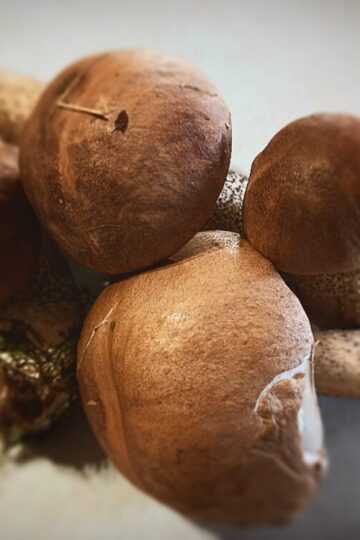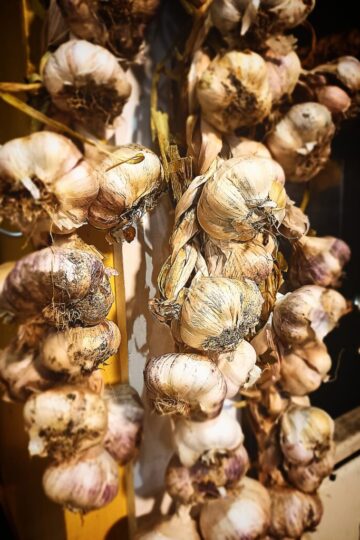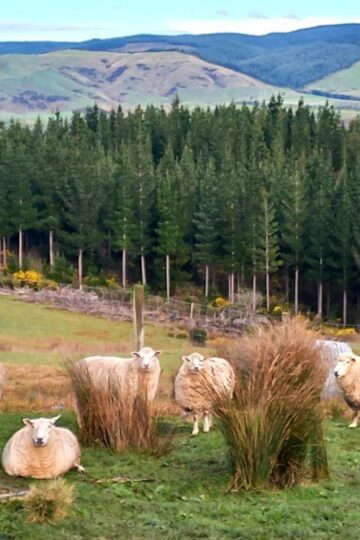Estimated reading time: 7 minutes
Homesteading in winter can seem a bit more challenging and less rewarding then the other seasons when you live in a cold climate.
However we always have a good amount of our own food to eat all winter.
As long as you have been organized in summer and autumn with storing, preserving, freezing and drying homegrown food you should have enough of your own food in storage and freezer.



Fresh produce
We have a good amount of fresh produce growing in winter as well.
I plant a selection of hearty greens late summer and cover the area with a heavy duty garden cover, that way I still have some fresh greens to pick in my garden.
Green vegetables available in my winter garden are kale (both curly and green), silver beet, bok choi, wombok cabbage, spinach and herbs (coriander, thyme,rosemary).


Plant protection blanket
A plant Cover Freeze Protection Blanket is truly amazing! It provides protection from frost, wind, snow, hail and low temperature in winter.
Keeps your plants warm, works perfect for fast germination and seedlings growth. It extends the growing season for your plants.
I have had hard frost and really cold temperatures as well as a couple of days with a layer of snow sitting on top of the frost cover. Besides all of that the vegetables underneath have not been effected at all. Even fresh coriander and bok choi is looking great still. It creates a little micro climate underneath.


The vegetables are not growing bigger this time a year but they are surviving and feeding us through the winter. That is amazing!
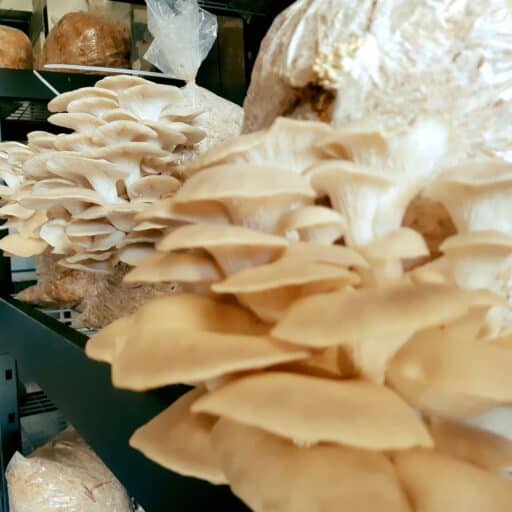
I grow oyster mushrooms indoors and they produce all year around.
It's nice to have fresh gourmet produce growing in winter as well.
Plant garlic
Planting garlic is one of the main winter tasks at my homestead. We plant a large crop so this is a fairly big job. I try to do it in the middle of winter, on the shortest day of the year or close to it.
I just separate the cloves from a garlic head and put the clove in the ground pointy side up.

I always use my homegrown garlic to plant again.
It’s a very good strain. To get big, good quality garlic heads we need to use the biggest cloves for planting.
I pick out my best and biggest cloves to replant.


First I make rows in the garden bed, then I make holes with a pole around 5cm deep and 15cm apart from each other.
Then place the cloves with the pointy end up in the holes that I made.
I cover the holes back up, then put a generous amount of mulch on top of the garlic bed. I use straw as mulch. The garlic seem to do well under the straw and they don’t mind a thick layer.
The straw keeps the weeds out and I hardly need to weed at all, just watch them grow.
Garlic is fun to grow because they germinate surprisingly fast so you see the progress quickly and they’re very low maintenance.


Birds and other animals leave it alone as well so there is no need to cover up with netting or any other barriers.
You can read my full garlic growing guide here
In winter we do a lot of maintenance and changes to the garden beds as well as preparing them for spring planting season.
Preparing garden beds
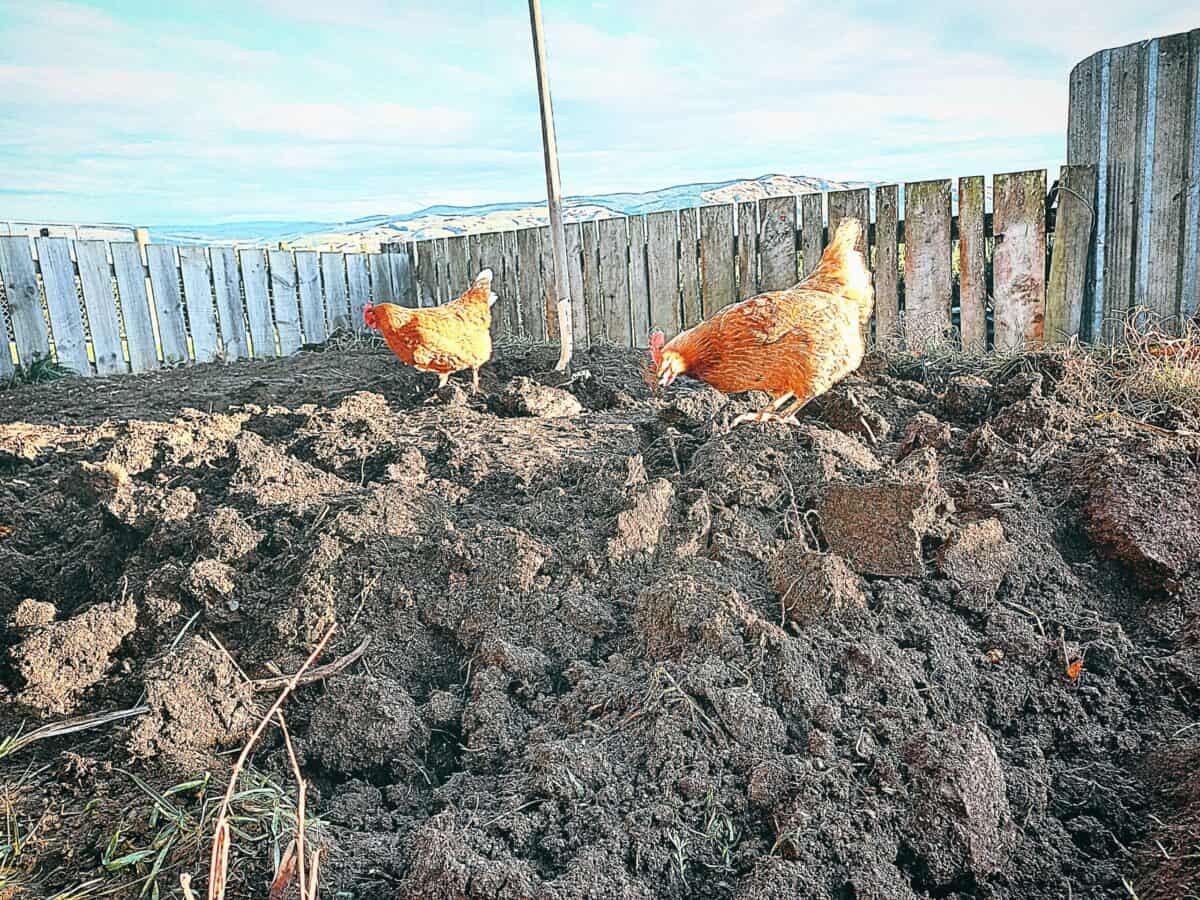
I prepare my garden beds for spring planting season by adding compost, lime and turning the soil over.
Meat
Autumn is the main hunting season here so we have a good amount of wild meat stocked up in the freezer. Winter can still bring good hunting opportunities as well so we can eat well all through winter!
Read more about hunting for food here


Try this venison stew recipe. A great winter warmer.
I have oyster mushrooms in my indoor growing room, root vegetables and pumpkin in storage, homegrown vegetables in the freezer as well as some winter greens in my garden.
Even though winter is more challenging and less fresh vegetables growing, we have enough of our own food to eat all winter. If you can be self sufficient in winter, then you can do it all year around.
Check the links below for ways to be self sufficient in the other seasons. What I do and what they bring.

